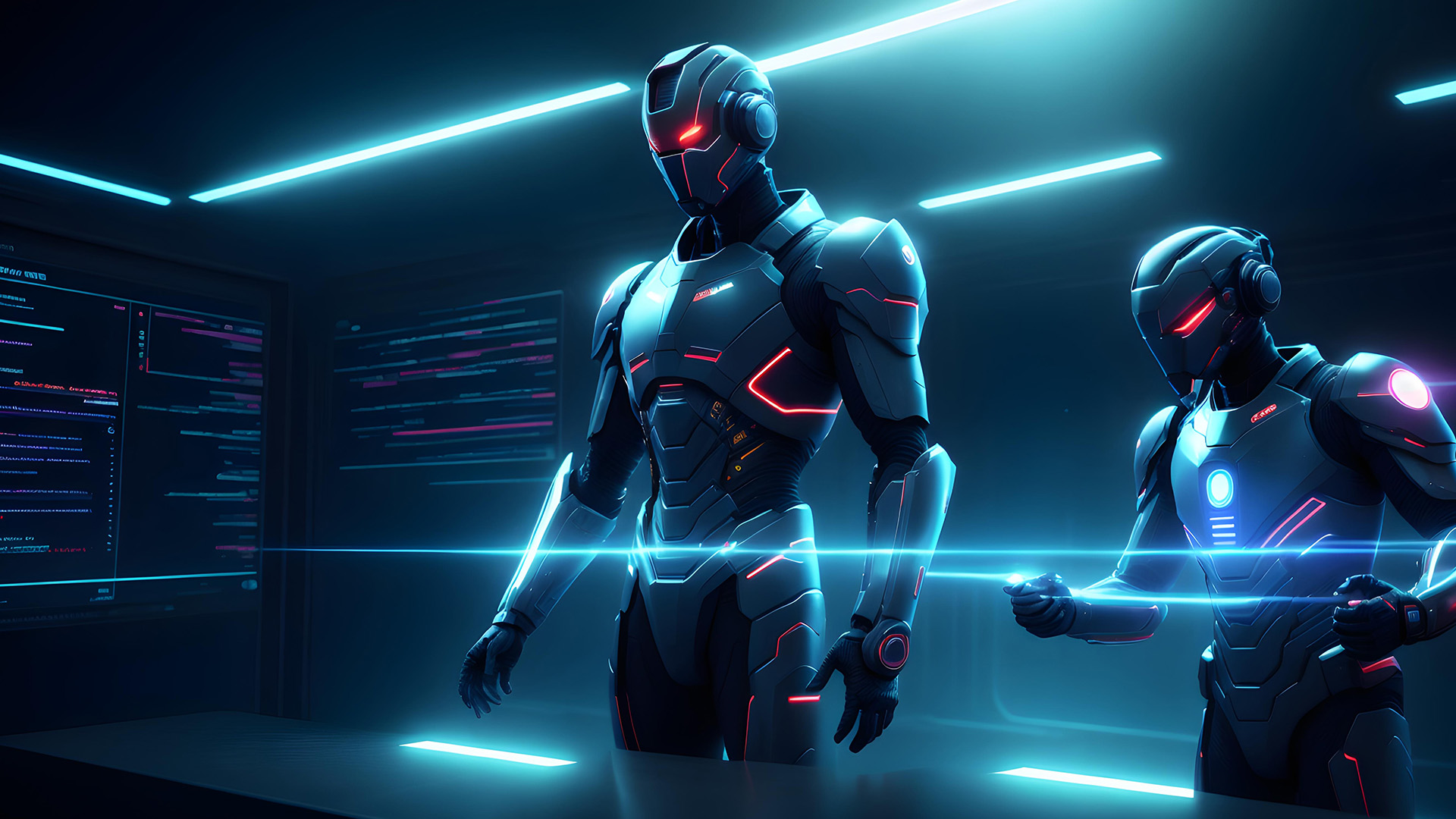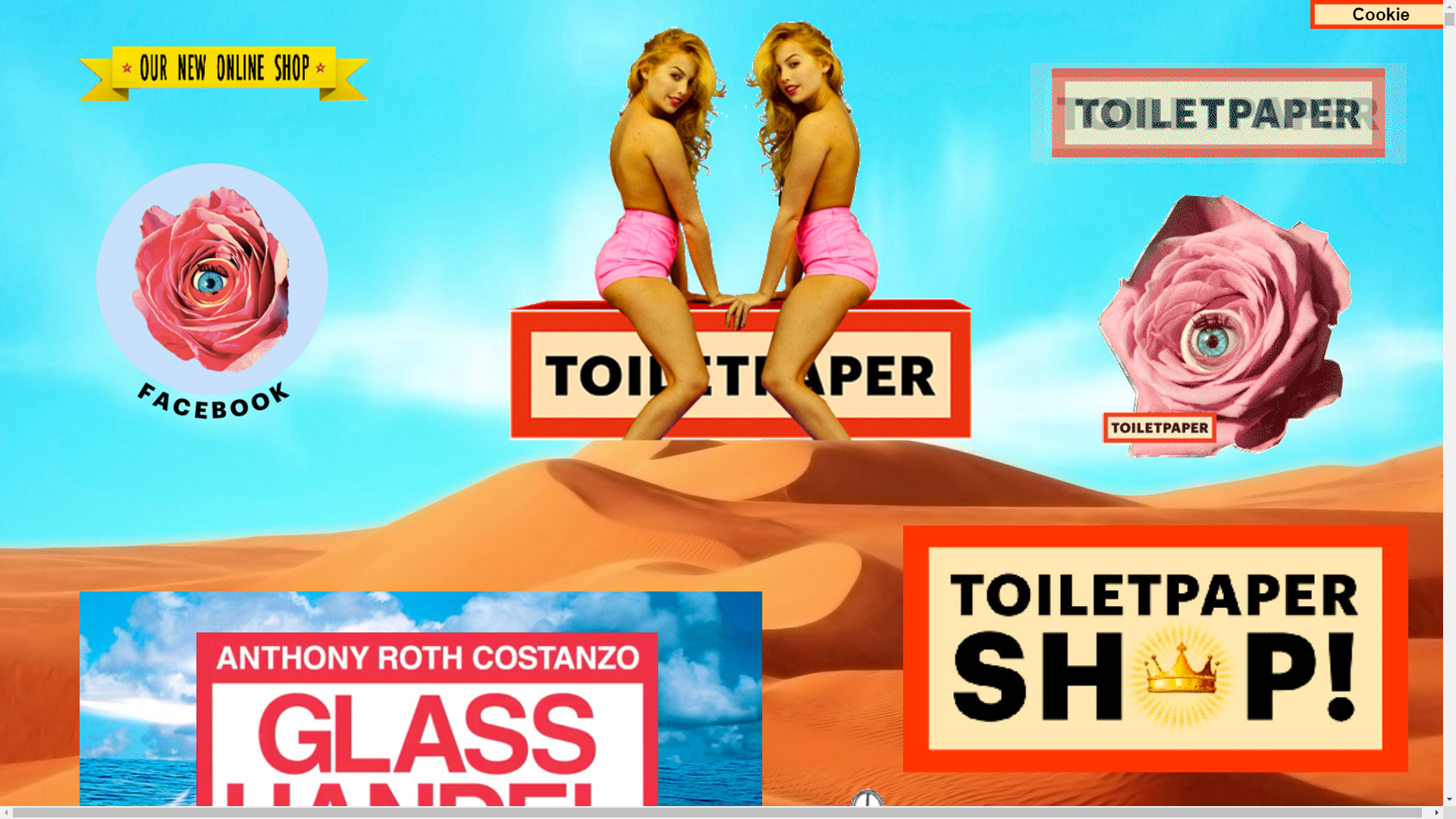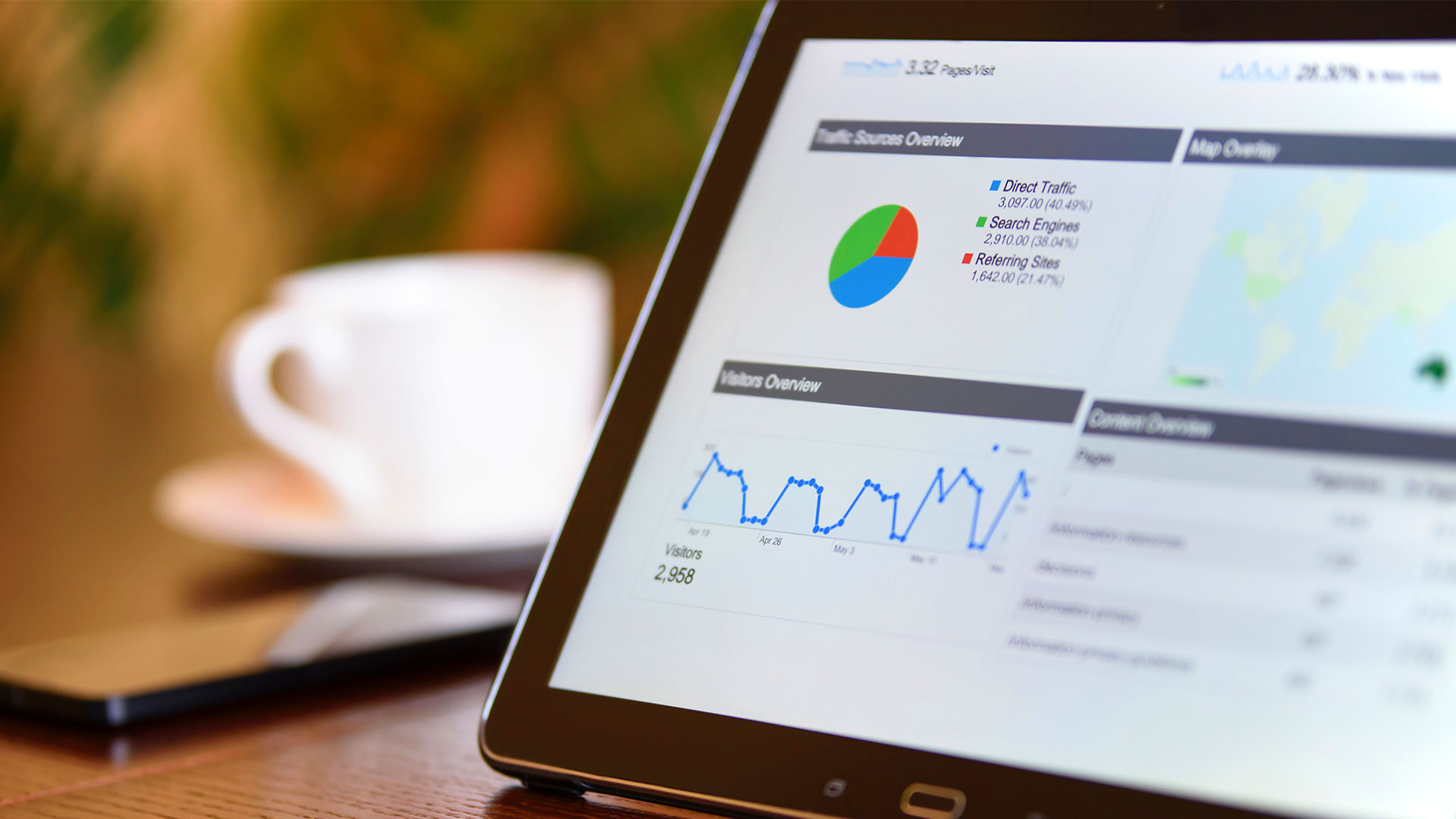How Augmented Reality Will Shape UX Design
Article Updated on June 24, 2019
Back in 1990, Boeing researcher Tom Caudell first coined the term ‘Augmented Reality’ when he used it to describe a digital display unit that helped airline pilots navigate the skies. Since then, the technology has come a long way. And it’s no secret that AR is literally transforming the way we see ourselves and the world around us.
With the advent of Apple’s AR Kit, Google’s AR Core and Microsoft’s HoloLens, it feels as though the world of Augmented Reality is breaking new ground every day. And with this new paradigm comes a host of opportunities and challenges for UX designers of tomorrow.
WHAT IS AUGMENTED REALITY?
Not to be confused with Virtual Reality (VR), Augmented Reality inherits the immersive qualities of VR, but instead focuses on blending the real-world environment with simulated visual, audio, olfactory and haptic elements.
Whereas virtual reality can be viewed as a total simulation, much like playing Gran Turismo or Call of Duty, Augmented reality is a kind of partial simulation in that it alters perceptions of the real-world environment, rather than replacing them altogether.
In a nutshell, AR bridges the gap between actual reality and virtual reality by creating a hybrid of both worlds.
IN POPULAR CULTURE
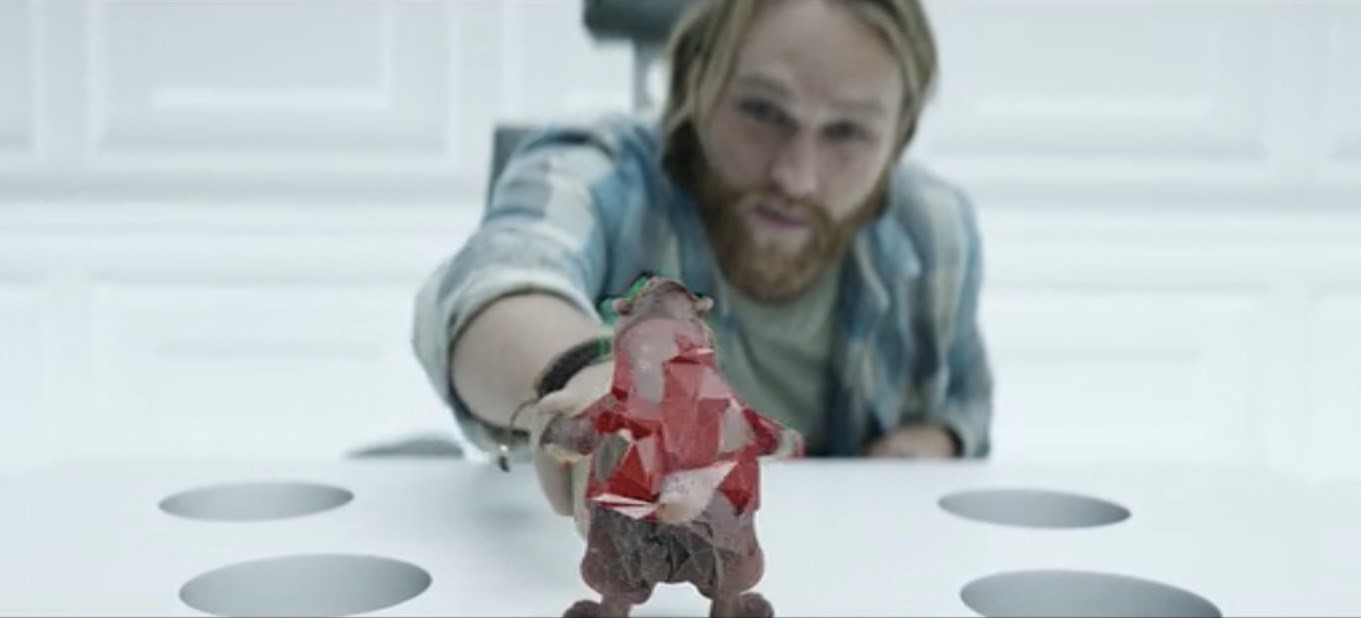
‘Playtest’ – Series 3, Episode 2 of Black Mirror
In series 3, episode 2 of Charlie Brooker’s sci-fi hit series Black Mirror, Katie (played by Wunmi Mosaku), describes AR as “adding layers on top of reality” as she prepares to administer the chip that enables her subject, Cooper (played by Wyatt Russell), to experience a super-immersive, ultra-realistic AR video game.
Needless to say, of course, that AR hasn’t evolved to this level of complexity (yet), but it’s a good way of illustrating the concept.
APPLICATION & ADOPTION
In its specialised form, AR has its uses in every industry from construction, education, aviation, engineering, military and retail.
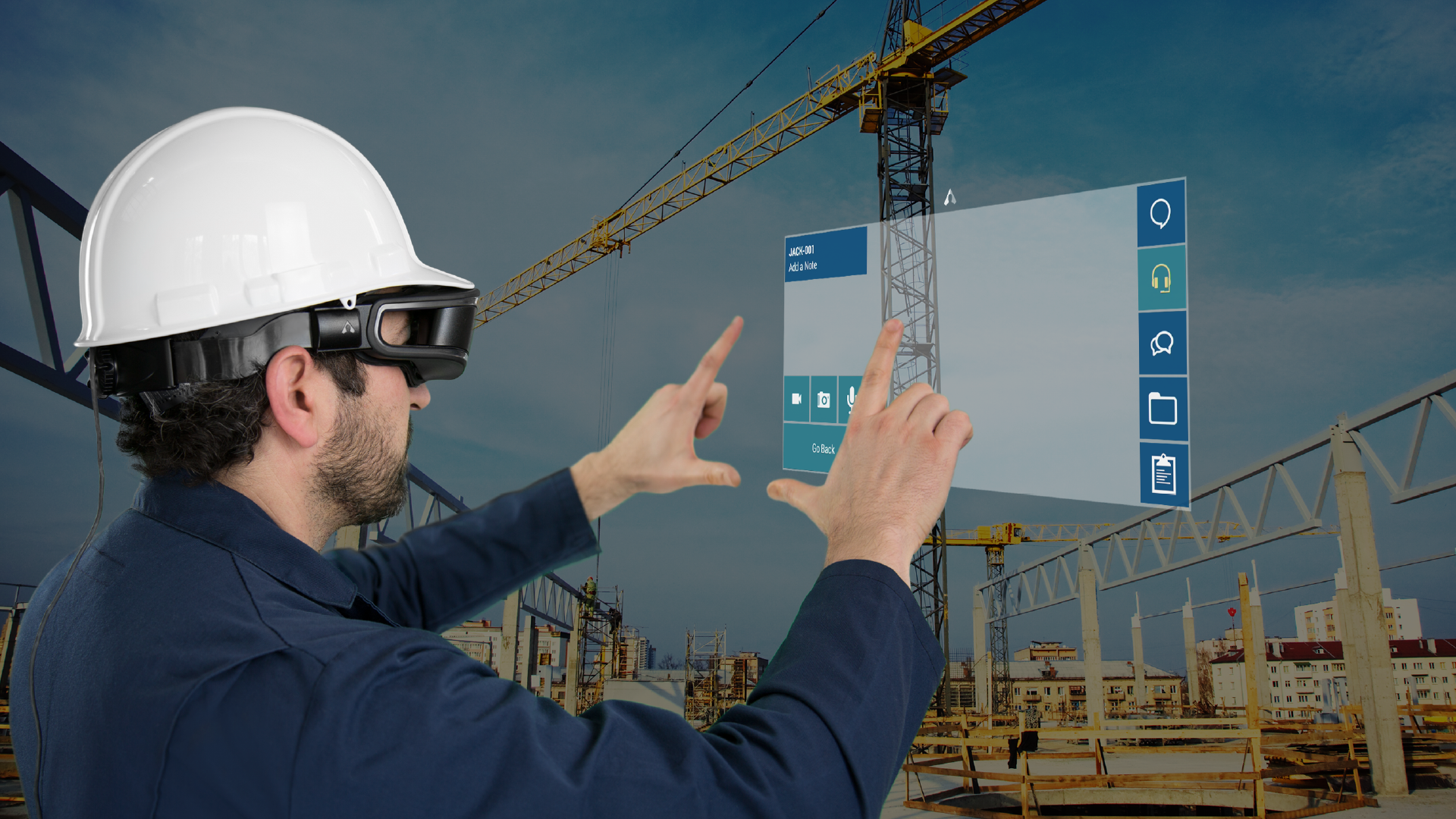
AR Project Management Interface
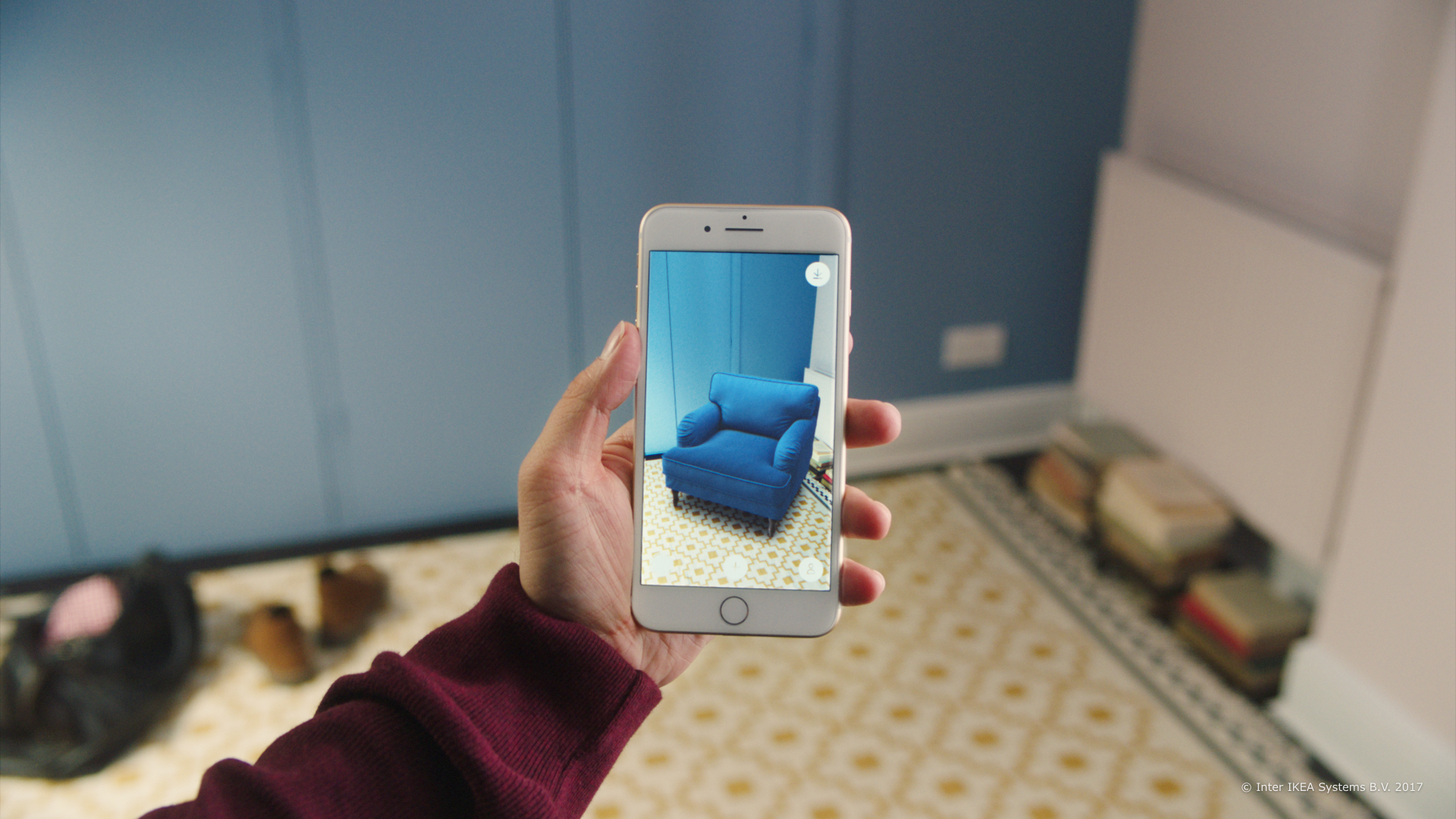
IKEA’s AR ‘Place’ App
In its most basic form, many of us use the technology on a daily basis when we apply Snapchat filters to our photographs, play Pokemon Go or use a parking assistance system on a car.
In this sense, AR is an innovation that has gone from specialised usage to widespread adoption within a couple of decades. But this is only the beginning.
A recent forecast by Global News Wire predicted that the total market size for AR will soar to an estimated $50 billion by 2024.
AUGMENTED REALITY & UX DESIGN
So, what does this mean for the future of UX design? Put simply, it’s going to change everything. Since Augmented Reality transcends the boundaries of traditional human-computer interaction, the conventions of UX design will have to adapt to this new type of interface.
More advanced forms of AR such as Apple’s AR Kit, Google’s AR Core and Microsoft’s HoloLens (wearable AR headsets) possess a number of properties that make them distinctly different from 2D screen-based interfaces that we see on computers and smartphones.
- A new type of information architecture
The first major difference is that AR offers a 360-degree interface – and as such, we will no longer be limited by the confines of a screen. UX designers are presented with an opportunity to organise information at many angles around the user in what is known as the ‘Z-axis’.
This will allow us to place, stack, move and remove information between our central and peripheral vision to help create a more organised and efficient workspace, whilst at the same time reducing the cognitive load associated with such tasks on traditional interfaces.
- A new set of interaction standards
Over time, the norms of interaction we’ve become accustomed to with touchscreen interfaces such as changing between tabs, zooming, and scrolling have become second nature to us. But with this new human interface comes new standards of interaction, and the question is how does this translate to an AR environment?
Much like the real-world environment, AR interfaces move us closer towards natural interactions and hand gestures that are very similar to the way that we interact with the physical world. This suggests that AR, by design, will provide an intuitive interface that humans will be able to adopt without much difficulty.
- A new reactionary-based interface
AR systems are an example of a non-command user interface. This means that they can conduct tasks in the absence of user input by using a type of automation, which is facilitated by contextual information such as the current environment and things within it.
Think back to the examples of Snapchat filters and Pokemon Go. These are both good examples of how AR uses contextual input from the real-world environment in order to provide pro-active digital output.
When designing for a 3D interface, UX designers will have to work out how best to combine the real-world environment with digital elements in terms of proximity, spacing, size ratio and prominence.
CONCLUSION
Since AR is in its infancy, UX designers are still coming to grips with methods of best practice when it comes to designing the optimum human interface. That being said, this age of experimentation will be the defining era of UX design for future generations to come – and it’s coming quicker than we think.
Comments
How Augmented Reality Will Shape UX Design
Article Updated on June 24, 2019
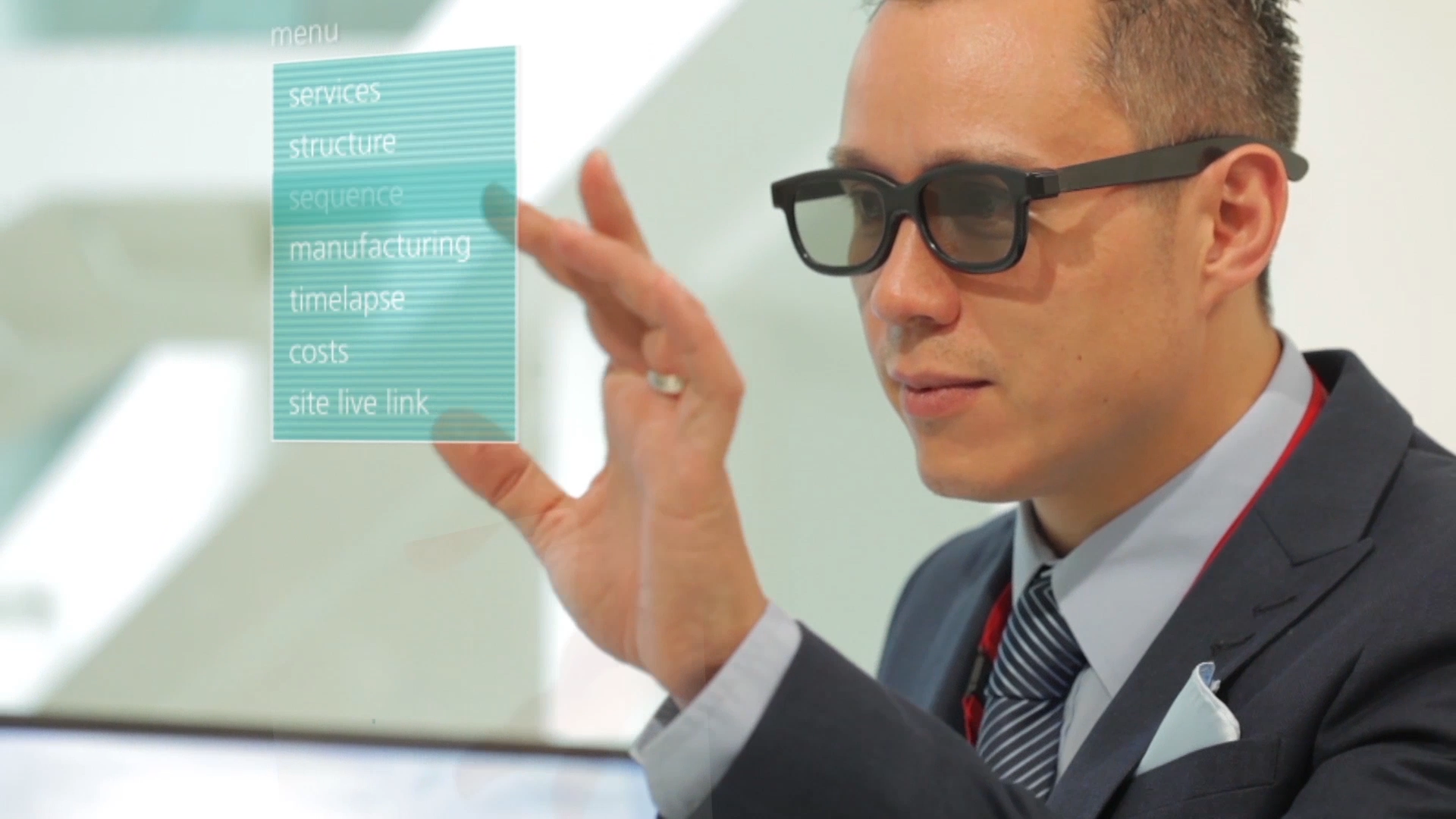
Back in 1990, Boeing researcher Tom Caudell first coined the term ‘Augmented Reality’ when he used it to describe a digital display unit that helped airline pilots navigate the skies. Since then, the technology has come a long way. And it’s no secret that AR is literally transforming the way we see ourselves and the world around us.
With the advent of Apple’s AR Kit, Google’s AR Core and Microsoft’s HoloLens, it feels as though the world of Augmented Reality is breaking new ground every day. And with this new paradigm comes a host of opportunities and challenges for UX designers of tomorrow.
WHAT IS AUGMENTED REALITY?
Not to be confused with Virtual Reality (VR), Augmented Reality inherits the immersive qualities of VR, but instead focuses on blending the real-world environment with simulated visual, audio, olfactory and haptic elements.
Whereas virtual reality can be viewed as a total simulation, much like playing Gran Turismo or Call of Duty, Augmented reality is a kind of partial simulation in that it alters perceptions of the real-world environment, rather than replacing them altogether.
In a nutshell, AR bridges the gap between actual reality and virtual reality by creating a hybrid of both worlds.
IN POPULAR CULTURE

‘Playtest’ – Series 3, Episode 2 of Black Mirror
In series 3, episode 2 of Charlie Brooker’s sci-fi hit series Black Mirror, Katie (played by Wunmi Mosaku), describes AR as “adding layers on top of reality” as she prepares to administer the chip that enables her subject, Cooper (played by Wyatt Russell), to experience a super-immersive, ultra-realistic AR video game.
Needless to say, of course, that AR hasn’t evolved to this level of complexity (yet), but it’s a good way of illustrating the concept.
APPLICATION & ADOPTION
In its specialised form, AR has its uses in every industry from construction, education, aviation, engineering, military and retail.

AR Project Management Interface

IKEA’s AR ‘Place’ App
In its most basic form, many of us use the technology on a daily basis when we apply Snapchat filters to our photographs, play Pokemon Go or use a parking assistance system on a car.
In this sense, AR is an innovation that has gone from specialised usage to widespread adoption within a couple of decades. But this is only the beginning.
A recent forecast by Global News Wire predicted that the total market size for AR will soar to an estimated $50 billion by 2024.
AUGMENTED REALITY & UX DESIGN
So, what does this mean for the future of UX design? Put simply, it’s going to change everything. Since Augmented Reality transcends the boundaries of traditional human-computer interaction, the conventions of UX design will have to adapt to this new type of interface.
More advanced forms of AR such as Apple’s AR Kit, Google’s AR Core and Microsoft’s HoloLens (wearable AR headsets) possess a number of properties that make them distinctly different from 2D screen-based interfaces that we see on computers and smartphones.
- A new type of information architecture
The first major difference is that AR offers a 360-degree interface – and as such, we will no longer be limited by the confines of a screen. UX designers are presented with an opportunity to organise information at many angles around the user in what is known as the ‘Z-axis’.
This will allow us to place, stack, move and remove information between our central and peripheral vision to help create a more organised and efficient workspace, whilst at the same time reducing the cognitive load associated with such tasks on traditional interfaces.
- A new set of interaction standards
Over time, the norms of interaction we’ve become accustomed to with touchscreen interfaces such as changing between tabs, zooming, and scrolling have become second nature to us. But with this new human interface comes new standards of interaction, and the question is how does this translate to an AR environment?
Much like the real-world environment, AR interfaces move us closer towards natural interactions and hand gestures that are very similar to the way that we interact with the physical world. This suggests that AR, by design, will provide an intuitive interface that humans will be able to adopt without much difficulty.
- A new reactionary-based interface
AR systems are an example of a non-command user interface. This means that they can conduct tasks in the absence of user input by using a type of automation, which is facilitated by contextual information such as the current environment and things within it.
Think back to the examples of Snapchat filters and Pokemon Go. These are both good examples of how AR uses contextual input from the real-world environment in order to provide pro-active digital output.
When designing for a 3D interface, UX designers will have to work out how best to combine the real-world environment with digital elements in terms of proximity, spacing, size ratio and prominence.
CONCLUSION
Since AR is in its infancy, UX designers are still coming to grips with methods of best practice when it comes to designing the optimum human interface. That being said, this age of experimentation will be the defining era of UX design for future generations to come – and it’s coming quicker than we think.

